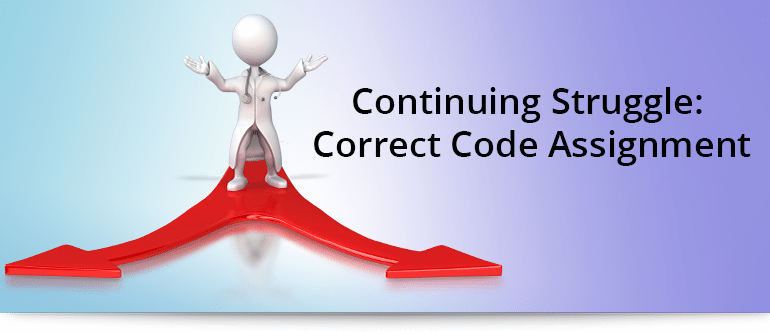Call us toll-free: 800-878-7828 — Monday - Friday — 8AM - 5PM EST


By Rhonda Buckholtz, CPC, COPC, CPMA, CPCI, CHPSE, CRC, CDEO, CGSC, CPEDC, CENTC by ICD10 Monitor
As coders, we often struggle with assigning the correct codes. There are many gray areas in the guidelines and instructional notes, and sometimes even conflicting information can be found. This leads to frustration and miscoding, which can then lead to audits and repercussions.
What can also be an issue, though, is the coder failing to understand the actual clinical condition being treated and not fully utilizing evidence-based medicine guidelines or clinical indicators in determining if the correct documentation is already in the medical record.
There has been a huge shift in the importance of diagnosis coding over the past years, especially with the implementation of ICD-10-CM. The cost of healthcare has continued to increase while payments to individual providers decrease. Many quality programs now exist, and the goal is to eventually get to Advanced Payment Models (APMs). One of the larger pushes we have seen has been associated with risk adjustment coding; health plans can help manage risk and receive increased payments for having sicker patients.
Article originally published on March 27, 2018 by ICD10 Monitor.
